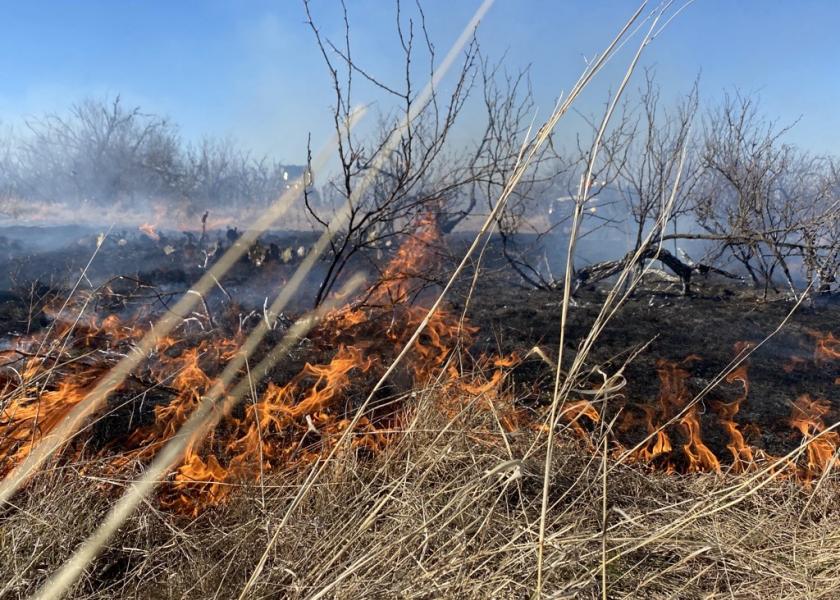Wildfire Potential High For Texas, High Plains

Increasing potential for wildfire concerns Texas officials, especially in the High Plains and Trans Pecos regions, according to the Texas A&M Forest Service.
The combination of above-normal temperatures and dry conditions, as well as an extended period of forecasted elevated-to-critical fire weather, will create an environment conducive to wildfire activity this week.
Impacted areas include Amarillo, Lubbock, Wichita Falls, Midland and Alpine. The peak day for increased wildfire potential is likely March 10 due to above-normal temperatures, high wind speeds and low relative humidity over dry fuel beds.
Dry fuel beds
“March is normally the peak period for increased wildfire potential in the Western Plains, and Tuesday through Thursday will be no different,” said Luke Kanclerz, Texas A&M Forest Service fire analyst. “An extended period of stronger wildfire weather and dry fuel beds will create an environment of high wildfire potential, including wildfires that may be difficult to control.”
Any wildfire that ignites in dormant, cured grasses may spread rapidly due to the expected high wind speeds with gusts near 40-50 mph. These wildfires may be more resistant to firefighters’ suppression efforts.
In preparation for elevated fire weather conditions, the service has prepositioned additional fire resources across the areas of concern. Additionally, three Texas Intrastate Fire Mutual Aid System strike teams have been mobilized to assist.
Since Jan. 1, state and local resources have responded to 811 wildfires that have burned a total of 20,001 acres. This includes 79 wildfires over the past seven days that have burned 1,654 acres.
Stay wildfire aware
If a wildfire is spotted, immediately contact local authorities. A quick response can help save lives and property. To learn more about preparing for wildfires, visit Prepare Your Home for Wildfire.
For current conditions and wildfire outlook, view the Texas Fire Potential Outlook.







